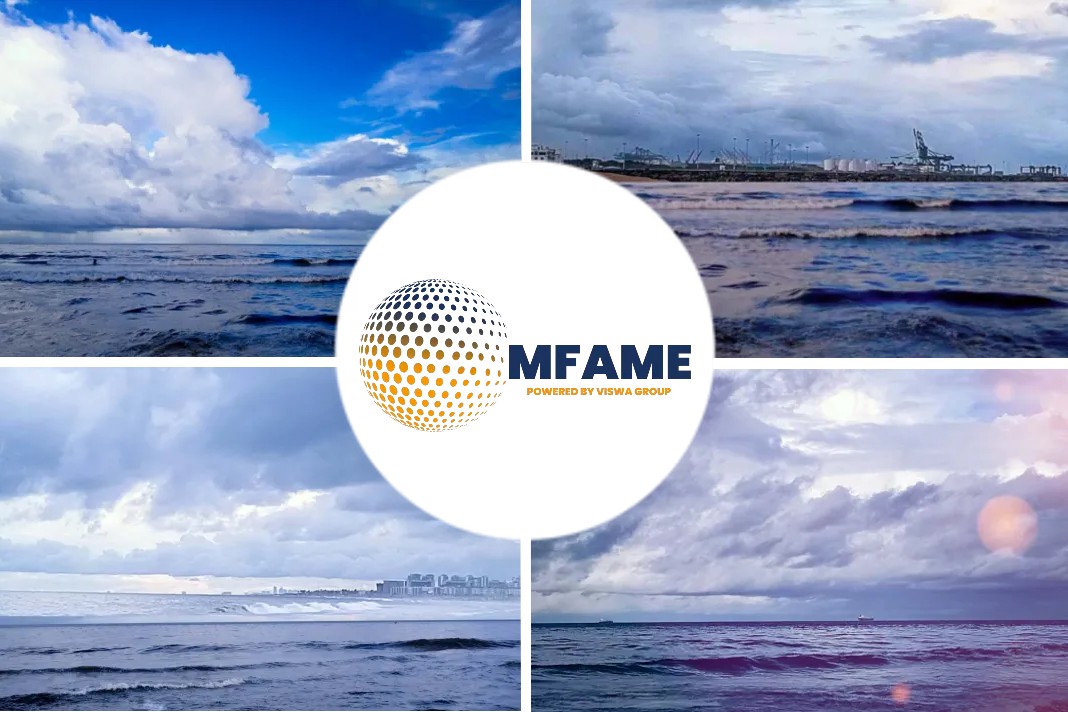- MOFCOM raises fuel oil export quotas by 30% in first batch
- China’s 2022 marine fuel sales may hit 25 million mt
- Zhoushan competes with Singapore on favorable pricing
China’s latest move to increase fuel oil export quotas for this year bodes well for its ambition to further develop itself as a bunkering hub and to stymie competition from other Asian ports, with more generous export quota allowances likely to follow this year and fuel further growth despite COVID-19-related hurdles, reports Platts quoting industry sources.
MOFCOM raises fuel oil export quotas
China’s Ministry of Commerce, or MOFCOM, allocated 13 million mt of gasoline, gasoil and jet fuel export quotas in the first round to seven oil companies for 2022, down 55.9% from the same round for 2021, S&P Global Platts reported Jan. 4.
While oil product export quotas have been cut, China has raised the allowances for low sulfur fuel oil quotas by about 30%. In the same batch, MOFCOM issued 6.5 million mt of fuel oil quotas to CNPC, Sinopec, CNOOC, Sinochem and Zhejiang Petroleum & Chemical, allowing them to send tax-free domestically produced barrels for bonded bunkering at Chinese ports, sources said.
Among them, Sinopec won most of the fuel oil export quota increment in the first batch, with the volume of its quota rising 60% on the year to 3.84 million mt. Some Sinopec refineries said that the move allowed them to raise marine fuel sales output by cutting those of gasoil, which must be sold domestically due to the hefty reduction in export quotas.
The government has raised LSFO export quotas while cutting those for gasoline, gasoil and jet fuel because the fuel oil barrels will likely be sold at China’s bonded ports for bunkering, a Beijing-based trader with a state-owned oil giant said.
These barrels are not subject to taxes when exported from China. However, importing countries may levy something like the EU’s CBAM on such cargoes in the future, the trader added.
The CBAM seeks to equalize the price of carbon between domestic products and imports to ensure that the EU’s climate objectives are not thwarted by production relocating to countries with less ambitious policies.
“[Export quotas of] 6.5 million mt [are] not enough, of course. The government will issue a second round of export quotas later this year,” a bunker supplier said, adding that China’s total bunker sales will likely hit 25 million mt in 2022, compared to an estimate of a little over 20 million mt in 2021.
The total fuel oil exports quota for the whole year will likely be higher than last year, given that the first batch in 2022 was higher than that of the previous year, another bunker supplier said.
Zhoushan’s prospects
Radical local government schemes to improve industry efficiency, including the implementation of a nationwide rebate on value added tax for domestically produced fuel oil, a reduction in port fees and strengthening infrastructure has helped lift Zhoushan’s bunkering prospects, industry sources said.
Zhoushan is now a major bunkering hub in Zhejiang province in China’s east, and the port of Ningbo Zhoushan ranks among the world’s busiest container ports. The production ramp-up by Chinese producers since early 2020 has led suppliers at Zhoushan to competitively price low sulfur bunker fuel to increase their market share.
Chinese bunker suppliers mostly priced domestic low sulfur fuel oil based on Singapore 10 ppm gasoil early last year, but they [are] using marine fuel 0.5%S as a price reference this year, the second supplier said.
Zhoushan-delivered marine fuel 0.5%S bunker prices averaged $596.23/mt in December 2021, compared to an average of $603.45/mt for the same grade delivered in Singapore, Platts data showed.
“Since the beginning of this year, China has been very competitive, premiums are much higher in Singapore compared to Zhoushan,” a shipping source said, adding that Singapore was likely to lose some volumes to Zhoushan due to the latter’s favorable pricing.
In addition, Beijing’s move in late November to permit regional port authorities at Shanghai and Guangzhou to approve bunker suppliers themselves will likely lead to more suppliers entering the market and potentially increase price competition further, market sources said.
“While China’s zero-COVID policy has been cumbersome and caused some knock-on effects on bunkering, its prospects still remain positive due to strong demand,” the shipping source said.
Moreover, sources said that more fuel oil export quotas would prompt more international vessels to make bunker calls, which will not only boost bunkering but also its shipping service value chain and other facilities.
Did you subscribe to our newsletter?
It’s free! Click here to subscribe!
Source: Platts

















